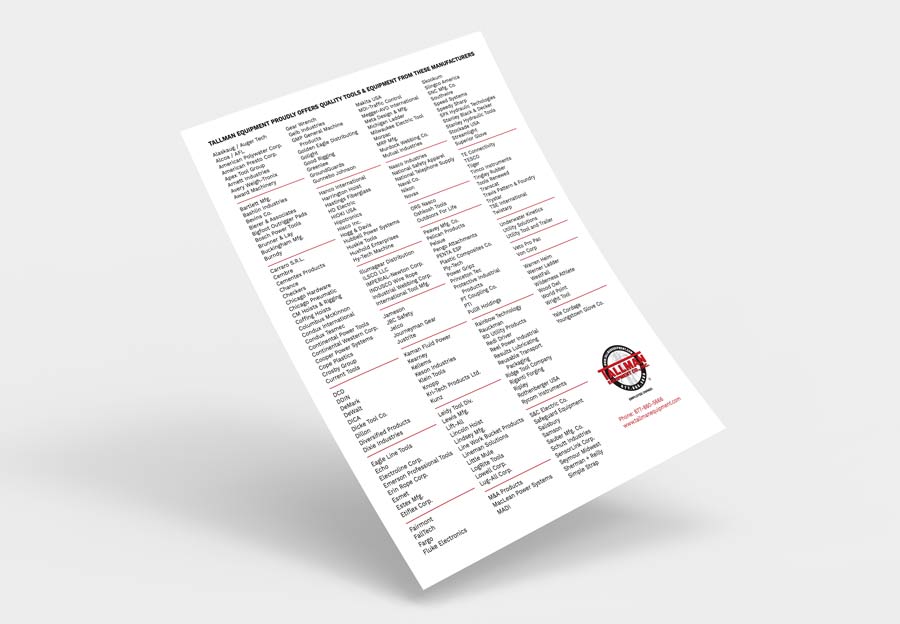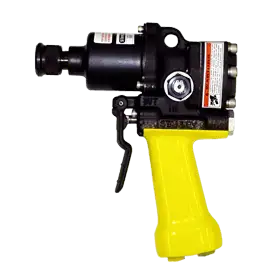Arc Flash Category 1 PPE Explained
NFPA 70e Training
Our customized live online or in‑person group training can be delivered to your staff at your location.
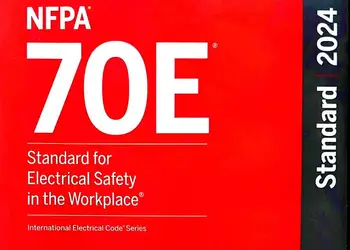
- Live Online
- 6 hours Instructor-led
- Group Training Available
Download Our OSHA 4475 Fact Sheet – Being Aware of Arc Flash Hazards
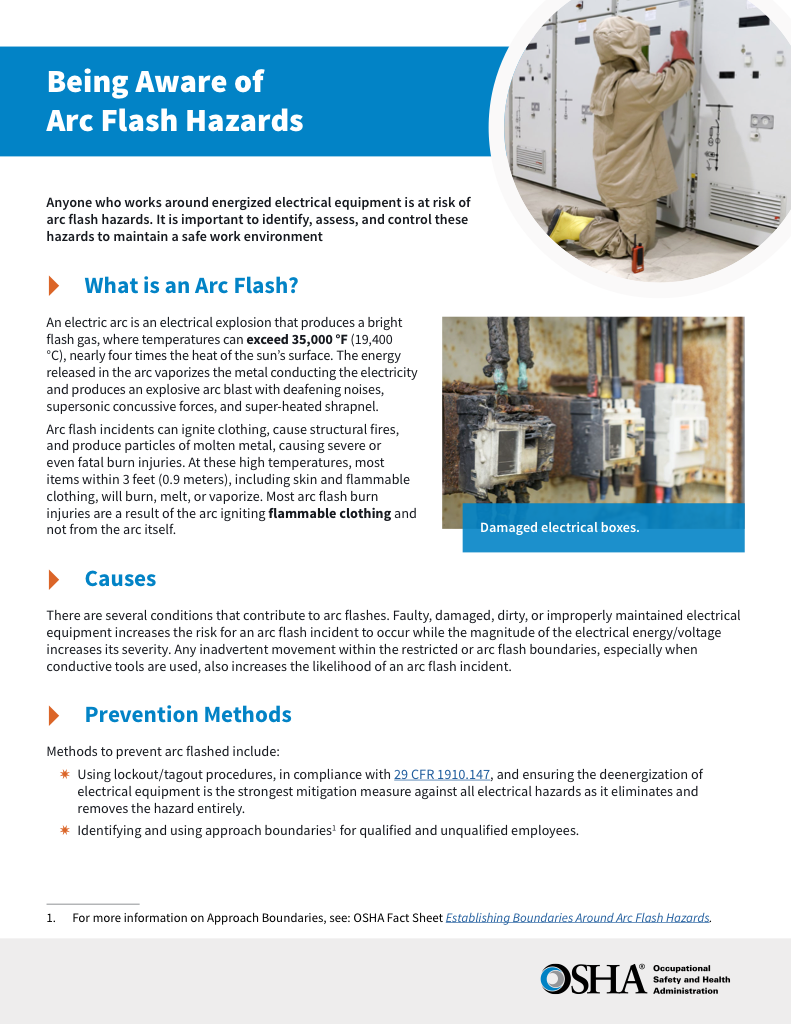
- Identify root causes of arc flash incidents and contributing conditions
- Apply prevention strategies including LOTO, PPE, and testing protocols
- Understand OSHA requirements for training and equipment maintenance
Arc Flash Category 1 PPE includes arc-rated clothing and protective gear designed for tasks with incident energy up to 4 cal/cm², ensuring safety during low-level electrical exposures.
What is Arc Flash Category 1 PPE?
Arc Flash Category 1 PPE refers to the minimum required personal protective equipment for electrical tasks where incident energy does not exceed 4 cal/cm², as defined by NFPA 70E standards.
-
✅ Arc-Rated Clothing: Long-sleeve shirt and pants or coverall rated at least 4 cal/cm².
-
✅ Face Protection: Arc-rated face shield with wrap-around guarding.
-
✅ Hand Protection: Rubber insulating gloves with leather protectors
Request a Free Training Quotation
Arc flash category 1 PPE is the first level of protection in the NFPA 70E standard for electrical safety. Designed for electrical tasks where the incident energy does not exceed 4 cal/cm², this category establishes the minimum personal protective equipment (PPE) requirements to prevent injury. While often considered the "basic" level, it still demands serious attention to detail in selecting and using PPE components. Every item must be arc rated and properly maintained to ensure worker protection. Explore advanced protection requirements for higher hazard categories in our guide on Arc Flash PPE Category.
What Category 1 Requirements Under NFPA 70E
When performing energized work or diagnostics, NFPA 70E states that each flash PPE category requires specific arc-rated (AR) garments and equipment. For Category 1, the objective is to protect against low-level exposures while allowing freedom of movement and visibility. Below are the PPE items typically mandated at this level:
-
AR Long Sleeve Shirt and Pants: This is a matched shirt and pants set rated for at least 4 cal/cm².
-
Face Shield: An AR face shield that protects the face from heat and flying debris.
-
Rubber Insulating Gloves: Insulated gloves must be worn for shock protection.
-
Leather Protectors: Heavy duty leather protectors are worn over rubber gloves to guard against mechanical damage and burns.
-
Hat Liner: An AR liner under the hard hat helps protect the head and neck from exposure.
These basic elements form the minimum required gear under NFPA 70E for this category—but safety doesn't stop there. To compare Category 1 PPE to other protection levels, refer to our arc flash PPE requirements chart for a side-by-side overview of gear and ratings.
Electricity Today T&D Magazine Subscribe for FREE
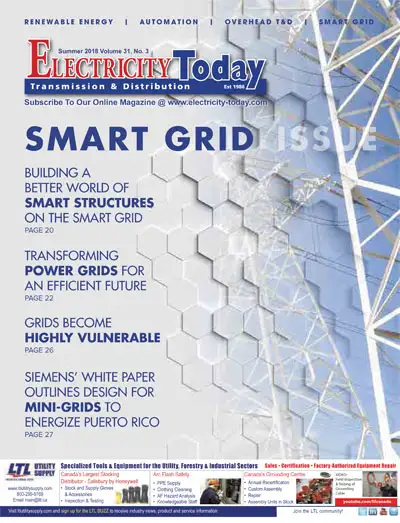
- Timely insights from industry experts
- Practical solutions T&D engineers
- Free access to every issue
Enhancing Protection with Arc Flash PPE Accessories
Even within Category 1, workers can enhance their protection with additional PPE components. These accessories are especially useful when task conditions are unpredictable, or when the working distance is limited. Here are examples of additional safety gear that may be used:
-
Arc Flash Suit Hood: While often associated with higher categories, a lightweight flash suit hood provides full head and neck coverage when used in high-risk environments.
-
Flash Suit Jacket: To boost protection, a flash suit jacket rated above 4 cal/cm² can be layered over standard PPE.
-
Hat Liner: Wearing a fire-resistant hat liner adds thermal insulation and improves compliance in cold-weather work zones.
Each of these items supplements the basic PPE set to provide the worker with enhanced protection, even in a Category 1 environment. As task complexity increases, upgrading personal protective equipment (PPE) becomes essential. The effectiveness of your personal protective equipment depends on proper maintenance and testing—learn more in our feature on PPE performance.
How PPE Evolves Across Arc Flash Categories
While Category 1 sets the starting point, the arc flash hazard scale increases with equipment type, voltage, and task duration. As a result, each flash PPE category requires increasingly robust protection. Here's a summary of how that escalation looks:
-
Category 2: This category requires PPE with an AR of at least 8 cal/cm². It typically includes a layered AR system.
-
Category 3: Defined by tasks involving incident energy levels of up to 25 cal/cm². This category introduces more comprehensive protection, including full-body arc flash suits.
-
Category 4: Reserved for the highest-risk tasks, where the minimum AR of 40 cal/cm² is required. Workers must wear a full arc flash suit hood and complete PPE ensemble. For gear tailored to extreme hazards, refer to our 100 Cal Arc Flash Suit article.
Understanding these levels and the associated PPE is crucial for maintaining workplace safety and avoiding both under-protection and overburdening.
Meeting PPE Requirements Through Proper Selection and Training
Ensuring compliance with NFPA 70E and OSHA standards involves more than just buying gear—it’s about knowing how to select, inspect, wear, and store personal protective equipment PPE. The following best practices help facilities remain compliant and safeguard employees:
-
Perform a complete risk assessment before assigning tasks.
-
Train all personnel on PPE requirements for each equipment label and voltage class.
-
Ensure that all AR clothing is clean, damage-free, and appropriately sized.
-
Verify that rubber insulating gloves are tested regularly and stored properly.
-
Replace PPE when the AR no longer meets the calculated incident energy.
Even heavy-duty gear loses its protective properties over time, particularly when exposed to contaminants, UV radiation, or improper laundering methods. Regular audits and compliance checks are essential. To compare Category 1 PPE to other protection levels, refer to our arc flash PPE requirements chart for a side-by-side overview of gear and ratings.
The use of PPE at any level is about preparedness, not just policy. While arc flash category 1 PPE may seem minimal compared to higher levels, it plays a vital role in frontline defense. By wearing a long-sleeved shirt and pants rated for the task, using a face shield and leather protectors, and incorporating accessories like a flash suit jacket or hat liner, workers reduce their exposure to danger. As you move up in risk level—toward 25 cal/cm2 or the minimum arc rating of 40 cal/cm2—the stakes increase, but so do the options for advanced protection. For comprehensive details on specialized suits, see our dedicated Arc Flash Suit resource.
Test Your Knowledge About Arc Flash!
Think you know Arc Flash? Take our quick, interactive quiz and test your knowledge in minutes.
- Instantly see your results and score
- Identify strengths and areas for improvement
- Challenge yourself on real-world electrical topics
A culture of safety built around correct PPE use is the first step toward zero electrical injuries. Understanding what each category requires and how to meet those standards with the right gear is key.
Related Articles:
Explore our Arc Flash Training Programs or contact us to Request a Free Training Quotation for group safety sessions and PPE consultation.







